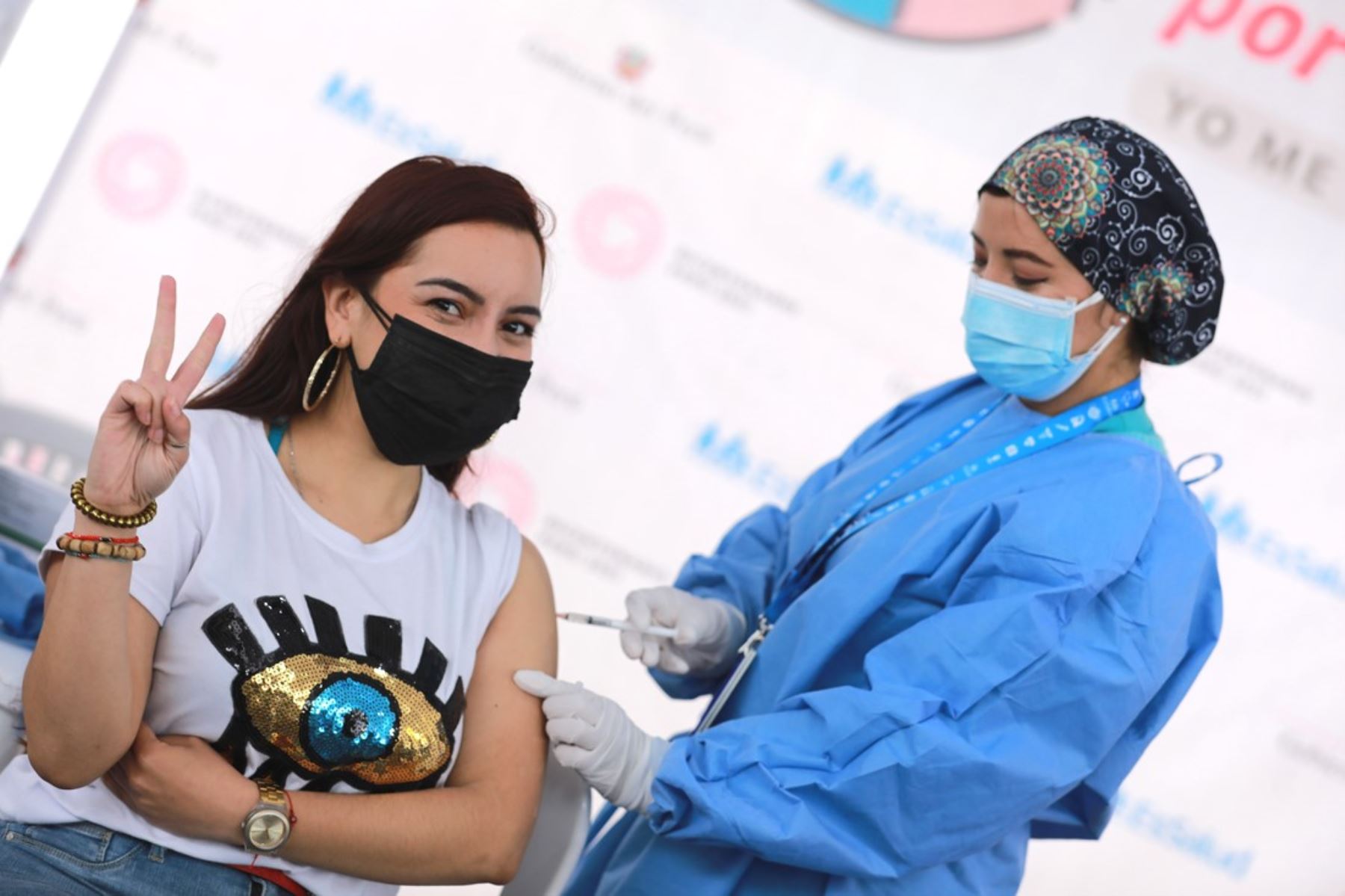COMMENTS
Whoever wants to take a selfie with Jens Stoltenberg must have almost as much patience as it takes to win the long war in Ukraine.
Photo: Kristin Svorte / DAGBLADET
sea view
–
Internal comments: This is a comment. The comment expresses the writer’s position.
Published
Monday 08 August 2022 – 13:07
–
–
UTØYA (Dagbladet): Inflation and the energy crisis are eating away at Europe’s battle against Russia. Jens Stoltenberg begins at a different end.
– It was a couple of minutes there with a rather small atmosphere. Such an arranged flirtation. So then I just started talking about NATO.
A cheerful Jens Stoltenberg warms up the audience, with great success. Young AUF members on Utøya are served an anecdote from the 1980s, about when his then AUF colleague Turid Birkeland came up with the idea of raffling off a date with Stoltenberg on Utøya. The anecdote is not chosen at random.
It is also symptomatic.
A characteristic that has followed this man throughout his political career is the combination of withering realpolitik and popular appeal.
Immediately he has lifted atmosphere, Stoltenberg sets about imprinting the message. In front of AUF members who, minutes earlier, had been served battle matters from the AUF leader’s speech on the prohibition of nuclear weapons, a free Palestine and the Western Sahara, Stoltenberg offers something quite different. He talks about the need for rearmament.
As NATO chief, Stoltenberg has made himself the foremost spokesperson for the need for extensive and long-term economic and military support for Ukraine. He has become a traveler in this message, which has two parts:
Number one: There is a price to pay for the support, but we can measure it in kroner and øre – Ukrainians measure it in human lives.
Number two: This is not only morally right, it is also in our self-interest. The price to pay for Putin’s victory will be greater.
The question is whether this message will have enough resonance in European public opinion, in the face of inflation and the energy crisis. All other political issues are now drowning here at home in the face of the electricity price crisis. The situation is no different, indeed worse, in other European countries.
It is a hard, bold and long race that European countries have embarked on, and which Stoltenberg is fronting.
NATO countries have superior resources, both financially and militarily. The effort nevertheless depends on something Putin does not have to worry about: popular support. As the British historian Timothy Garton Ash writes in The Guardian on Friday: Putin is betting that European voters will lose patience with the war before Russia runs out of firepower.
This is now obviously also Stoltenberg’s major concern. However, he will not express it, it is not his method. In an interview with Dagbladet, he sets an optimistic tone and emphasizes popular support for Ukraine.
When we follow up with questions about how the cost of living characterizes the political debate, has led to right-wing populist progress in several European countries and can thus threaten support for the financing of the war, he uses the following line of defense:
– It is our task to argue for what we believe is the right thing to do. And then it is of course a tragedy that we have to spend more money on defence, when we would rather use it for climate, health and other things.
Stoltenberg is not the cold warrior, he is the long warrior. He can use the energy. And what is really the point of using it for a medium-sized gathering of young people on Utøya in Norway?
Stoltenberg doesn’t seem keen on a courtesy visit. The motive seems to be to plant the perspectives. He drives them in. After the speech, there is a round of questions from AUF members, which Stoltenberg will answer. One of them talks about the war in Ukraine, and uses the term “Ukraine’s fight is our fight”.
Well, strictly speaking, it wasn’t a question. Stoltenberg nevertheless uses it to further complement his point. Perhaps he also does it to fill up with content and substance in gradually exhausted phrases.
Because what does it mean that Ukraine’s struggle is our struggle?
In front of a responsive audience on Utøya, Stoltenberg argues that the war is fundamentally about two views of how the world should fit together: Through the right of the strongest, or a world order governed by law. Little Norway is much safer in the latter. He reminds the assembly that Norway’s NATO membership in its time also triggered major protests from Moscow, but that they were met with deaf ears in London and Washington.
Stoltenberg can be ever so insistent; the question is whether heads of state around Europe will be able to maintain the same intensity as him in this matter. The NATO chief, Putin’s most dangerous enemy, after all shares the Russian president’s privilege: He does not depend on support in elections.
Although this day looks suspiciously like an election campaign scheme.
After the speech, he embarks on an extensive greeting tour around the island. A selfie queue is organised. Whoever wants to take a selfie with Jens Stoltenberg must have almost as much patience as it takes to win the long war in Ukraine.
Unfortunately, for the sake of comparison, it doesn’t help.
The queue gradually becomes so unmanageably long that the session has to be interrupted and replaced with a large joint picture, with Stoltenberg in the middle.
Much like a NATO summit.
–


